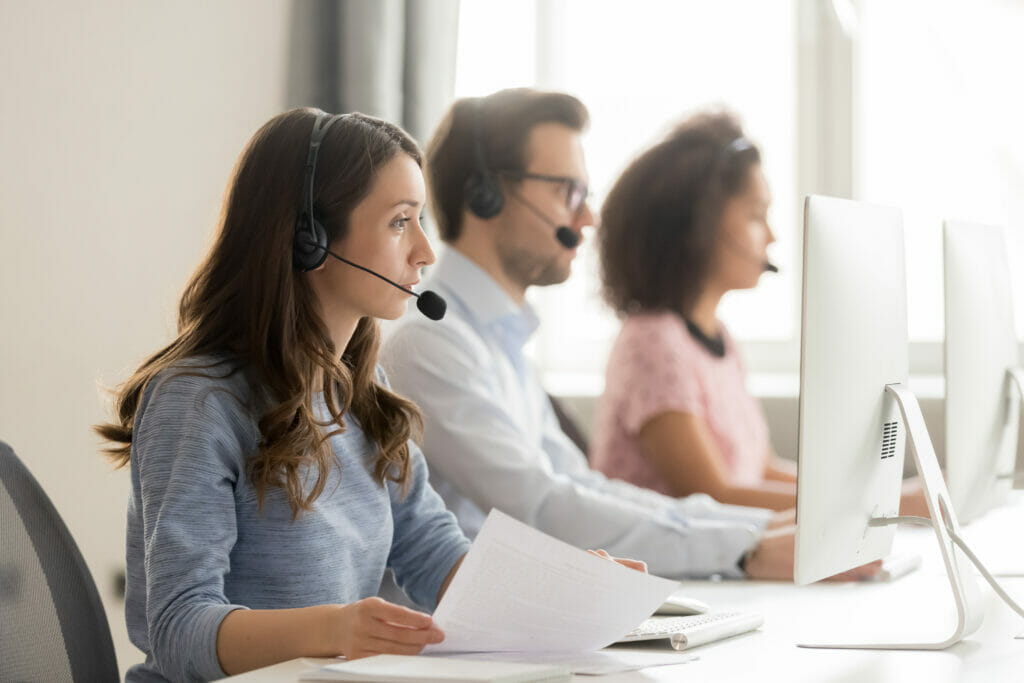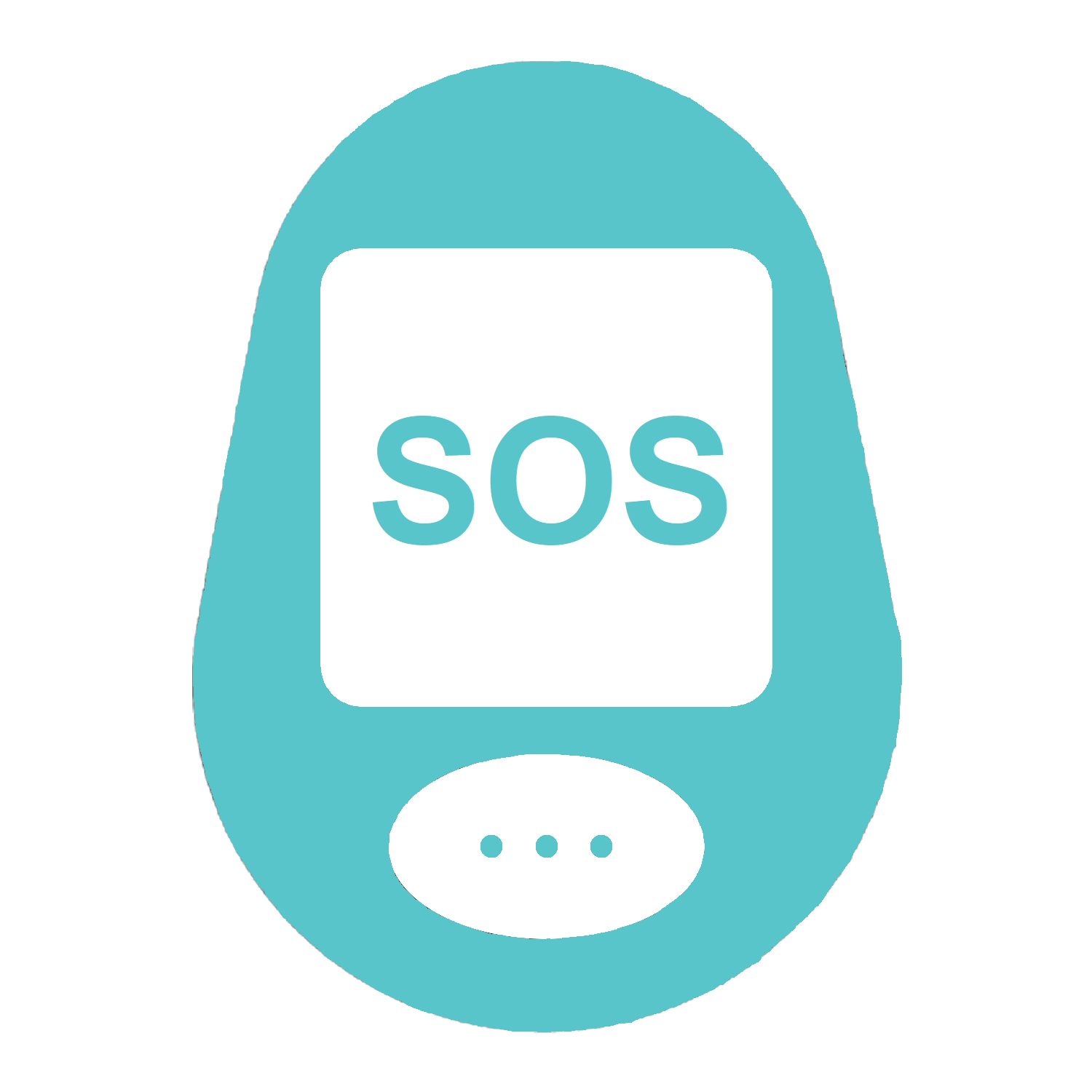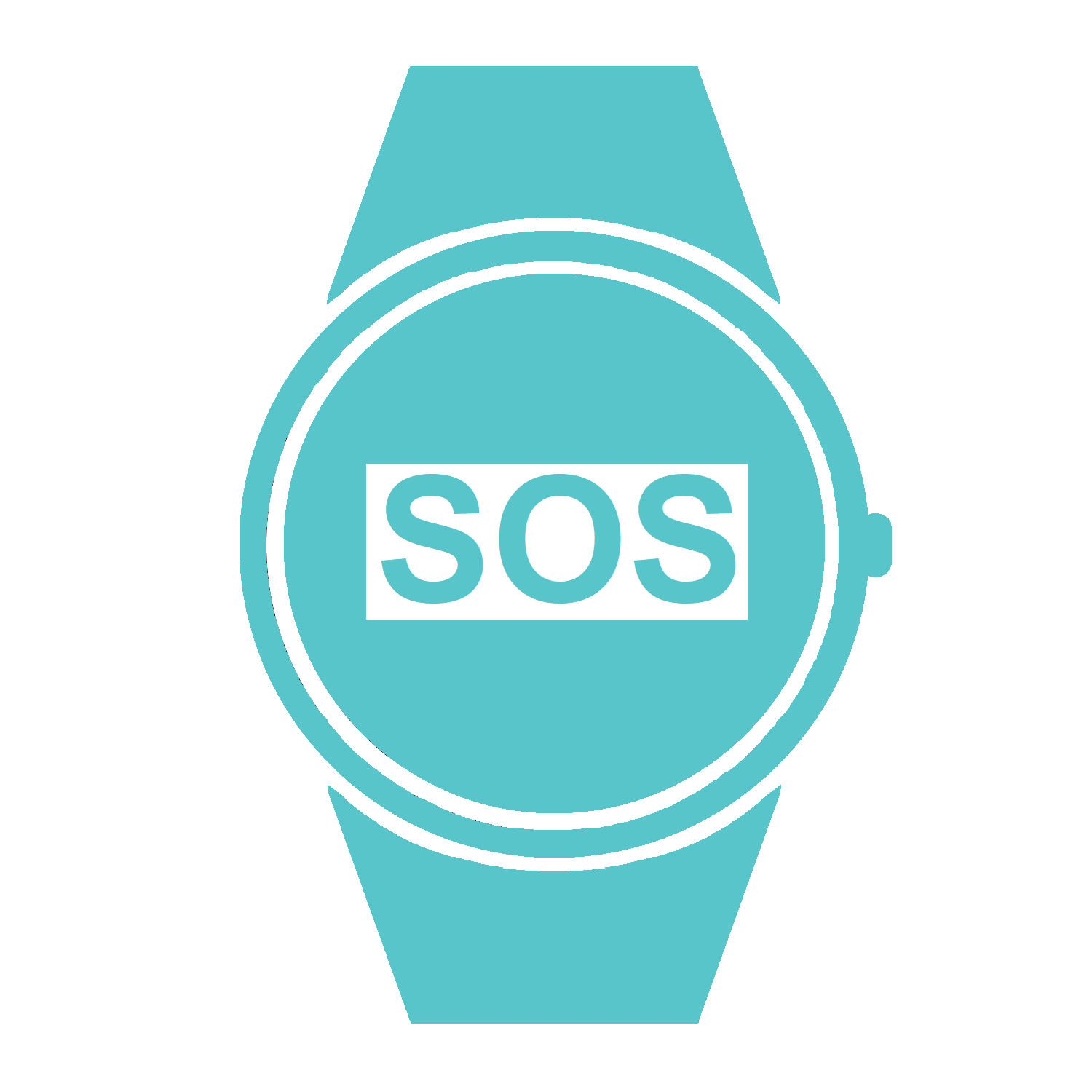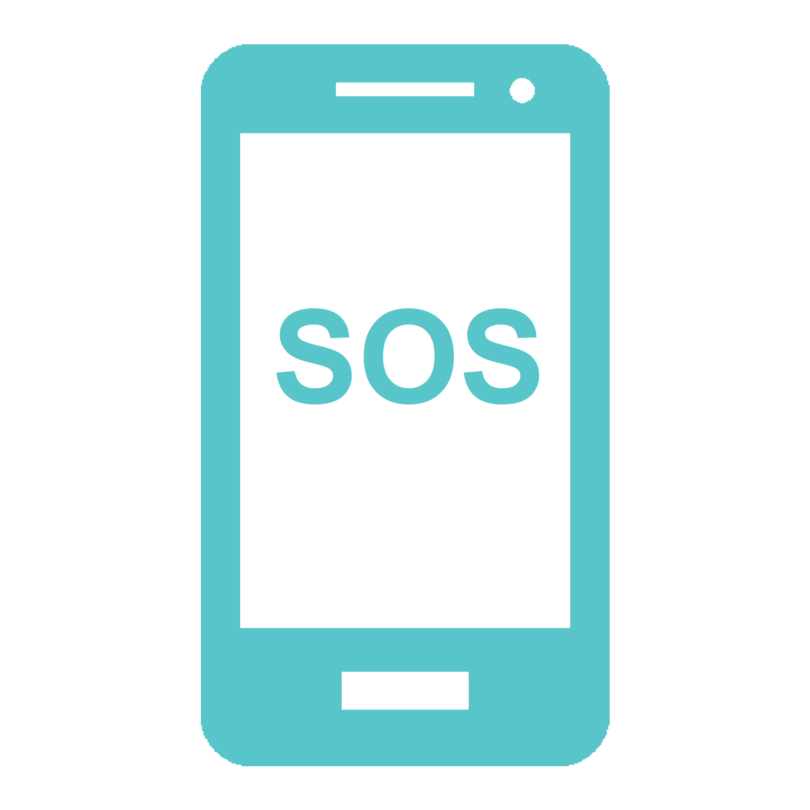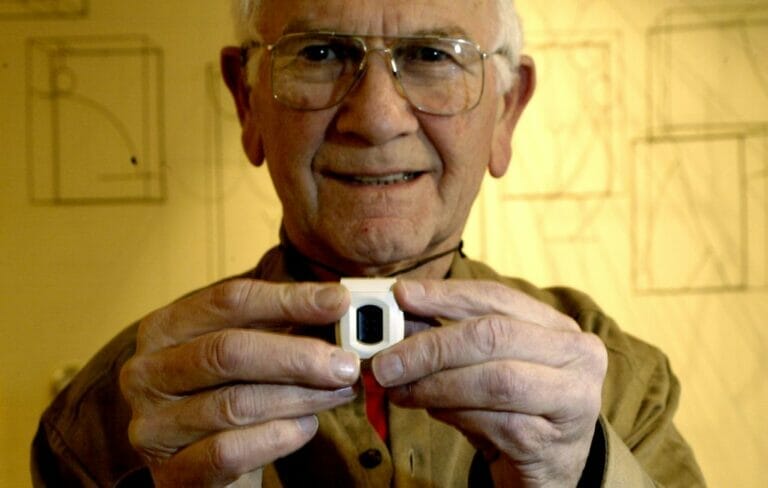Personal Alarms FAQ
Choosing Who to Buy From
The main reasons to choose Guardian Safety Pendants are:
- Best price guarantee (we price match).
- Each personal alarm is custom programmed and fully tested in office by Australian staff.
- You will receive lifetime Australian support.
- We have a wide range of personal alarms.
- You can buy a personal alarm with a satisfaction guarantee. If you’re not happy within 30 days, you will receive a refund no matter the reason. Click here for more information.
We care, we really do care about our clients. Check out our testimonial video or see what verified clients are saying on Google.
Yes we do! Click here to view the conditions.
Lifetime Australian support.
This means any reprogramming or troubleshooting is available from our Aussie reps for life! You want to change one of the emergency contacts? No problem, we can do this remotely. You want automatic fall detection turned on? Easy, we can do this remotely. No need to send your device in for just about all issues or changes.
We’re open Monday to Friday, 9AM to 5PM AWST for our clients and are always happy to help.
How Do Personal Alarms Work?
The technical name for a personal alarm is ‘Personal Emergency Response System’ (PERS) which is capable of providing 2-way communication over the cell phone network. All personal alarms are capable of providing their GPS location to emergency contacts; people chosen by and known to the user of the personal alarm.
Family Monitored: The personal alarm will shortly begin to call the first emergency contact. Depending on which model is chosen, contacts with a mobile number will receive a text message either immediately after the SOS is pressed or after the call is made (sometimes only the emergency contact who answers the phone will receive a text).
If the first emergency contact does not answer the phone, the personal alarm automatically hang up and will call the next contact. This process continues until an emergency contact answers the phone.
We recommend having 000 as the final emergency contact in case no one is answering the call from the personal alarm.
Professionally Monitored: The personal alarm either alerts the monitoring company with a message and they will immediately call the user via their personal alarm. The personal alarm user then lets the monitoring company know what is wrong. If it was a false alarm, no need to worry, the personal alarm user needs to just convey this to the monitoring company – they are very understanding!
For more information, click here.
Automatic Fall Detection technology is still developing.
At the moment, our wearable personal alarms work based on acceleration over a short period of time followed by a quick stop. Meaning, if the device moves quickly and then stops quickly, it may trigger a fall. However, it will allow the user to cancel it by pressing th SOS button (see FAQ below).
It’s not a person or camera watching you and every fall is different, so false alarms or lack of activations may occur. It’s best to never wait for fall detection to activate. In an emergency, press and hold the SOS button for help.
After an SOS activation (via the SOS button or a fall alert), the device will alert the user it has been activated and gives them time to cancel it by pressing the SOS button. That will abort the emergency texts being sent to the contacts and no one will be called. If you prefer, the fall detection can always be switched off remotely by our team. The sensitivity can also be adjusted remotely.
Yes, and they can be tracked on demand, not just in an emergency. On demand tracking varies based on the model but most of the time it’s as simple as sending an SMS code to the personal alarm’s phone number.
In an emergency, contacts with a mobile number can receive an SMS with a link to Google Maps. If professionally monitored, the monitoring company also receive an SMS with a link showing the user’s location.
Note that GPS is always better outdoors and may not be as accurate when indoors (click here).
Family Monitored: When the SOS button is pressed, the personal alarm will alert any mobile or landline number that is previously chosen by the user. They are usually family, friends, neighbours, or carers.
Professionally Monitored: When the SOS button is pressed, the personal alarm will alert a 24/7 monitoring company that has the clients’ details on file. They are permitted to summon an ambulance if requested.
For more info, visit: https://guardiansp.com.au/family-friends-vs-professional-monitoring/
Yes, you can 000 as your last emergency contact. 000 will always answer your call so you know you will always have access to help. However, 000 are only able to act if you communicate your needs to them. 000 cannot see that the call is coming from a personal alarm. If you are unresponsive, there is a high chance that they will hang up the phone call, assuming that it is an accident or prank. If they are unable to communicate with you but they sense that there is an emergency, they may send a police or ambulance or your residental address (as they will not have access to your current GPS location).
It won’t. The NBN only effects in-home devices that link with a landline. Your personal alarm has nothing to do with linking to a base station, landline phone, or the NBN.
A geo-fence is a virtual perimeter for a geographic area. It is used as a way to identify where you want the personal alarm user to stay in or away from (usually stay in). For example, a geo-fence would be setup around the device user’s home that is triggered when they leave the property. This is especially useful for people who are prone to wandering.
This is one of our most common questions.
It’s best to charge the personal alarm while sitting on your bedside table each night. While you may be able to go a couple days between charges, recharging the personal alarm daily is a good habit to get into. Variables that may effect standby time include cell signal strength, programmed options, and of course, usage.
The number depends on which personal alarm you choose. The range is 5-10.
For more information, click here: https://guardiansp.com.au/personal-alarm-comparison/
Customer Care Questions
One year from purchase for most models. The Swissvoice has a 2 year warranty.
Should you experience problems with your personal alarm, simply contact our team on (08) 6336 9448 and they will organise to get you working again quickly.
We can remotely make almost any changes you require. There is no charge for this service.
Mobile Network / SIM Questions
The “G” refers to generation so 3G is the third generation cell network.
The 3G network will soon go the way of vinyl records and video cassettes. The entire 3G network will be shutdown in Australia by mid 2024, though they could bring this date forward.
The SIMs we provide are designed to work only in Australia.
However, you can still take our personal alarms overseas and they may work in certain countries. Certain devices only work on certain frequencies. Check this international comparison chart – if the Australian frequencies match those in another country, it’s likely at least one of our devices will work in that country for you.
General Questions
A personal alarm is smaller, lighter and simpler to use. A mobile phone can call anyone and they are designed for frequent use, whereas all personal alarm have a prominent SOS button to call only pre-programmed emergency contacts (i.e., family, friends, neighbours). Some models can be programmed to receive a call from anyone, or only certain people designated by the user.
Most traditional personal alarm have a range of 20-50 metres. They were designed to work primarily within the home. However, all personal alarm work wherever they can pick up a cell signal, just like a mobile phone.
Once we have your order and all of the programming information, your personal alarm will be dispatched within 1-10 business days, depending on how busy we are. We send express post so your personal alarm can arrive as soon as possible.
AusPost SOD means that a signature is required before you can receive your delivery. This maximises safety of the package but means if you’re not home it will be taken to your local post office for collection. AusPost leaves a card at your door or in your mailbox to inform you of missed home deliveries.
AusPost ATL means it will be left in a safe place but it’s security at the property is not guaranteed. AusPost and Guardian hold no liability for any missing, lost, or stolen packages sent via ATL.
By default, all our deliveries are SOD or hand delivered. ATL is only available upon request by opting out of SOD, saving the $2.95 SOD fee.
Yes, you can use your personal alarm anywhere in Australia where there is cell signal Coverage.
Funding from particular groups is on a case by case basis. For example, My Aged Care or NDIS may provide funding for an individual who meets specific criteria. Your family doctor may be able to provide information regarding the various organisations to contact.
For My Aged Care information, go to: https://www.myagedcare.gov.au/help-at-home/commonwealth-home-support-programme
Yes, they can hear you and you can hear them in a 2-way conversation.
- MediFone: if their pacemaker allows them to have an MRI, the MediFone will not create any issues at all. They do not need an adjustable lanyard or have to keep it away from their heart with an adjustable lanyard. Some people will still want to do it for peace of mind but it’s not necessary.
- MediWatch: If the HR app is on there, it can disrupt the pacemaker if the watch is too close to the heart. If the HR app is not on there, the MediWatch is also perfectly safe for clients who’s pacemakers are unaffected by MRI machines.
We do not recommend that our clients sleep with the personal alarm on for several reasons:
If you use one of our pendants with a lanyard, this can be a chocking hazard and is not very safe.
However you choose to wear the device (on a lanyard, around the wrist, or other) there is a possibility of false activations due to movement during sleep. It’s possible to trigger the fall detection alarm or press the SOS button.











